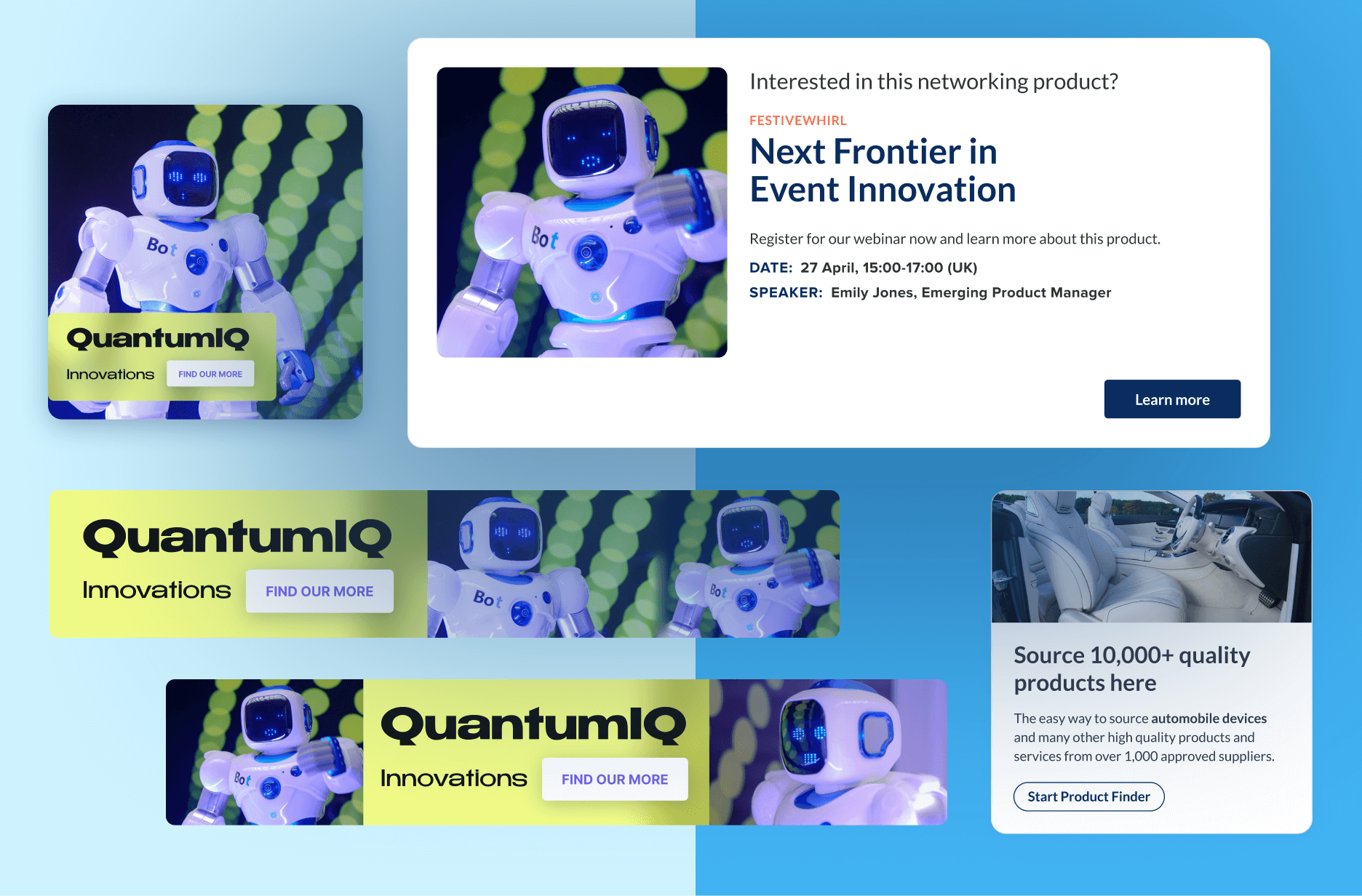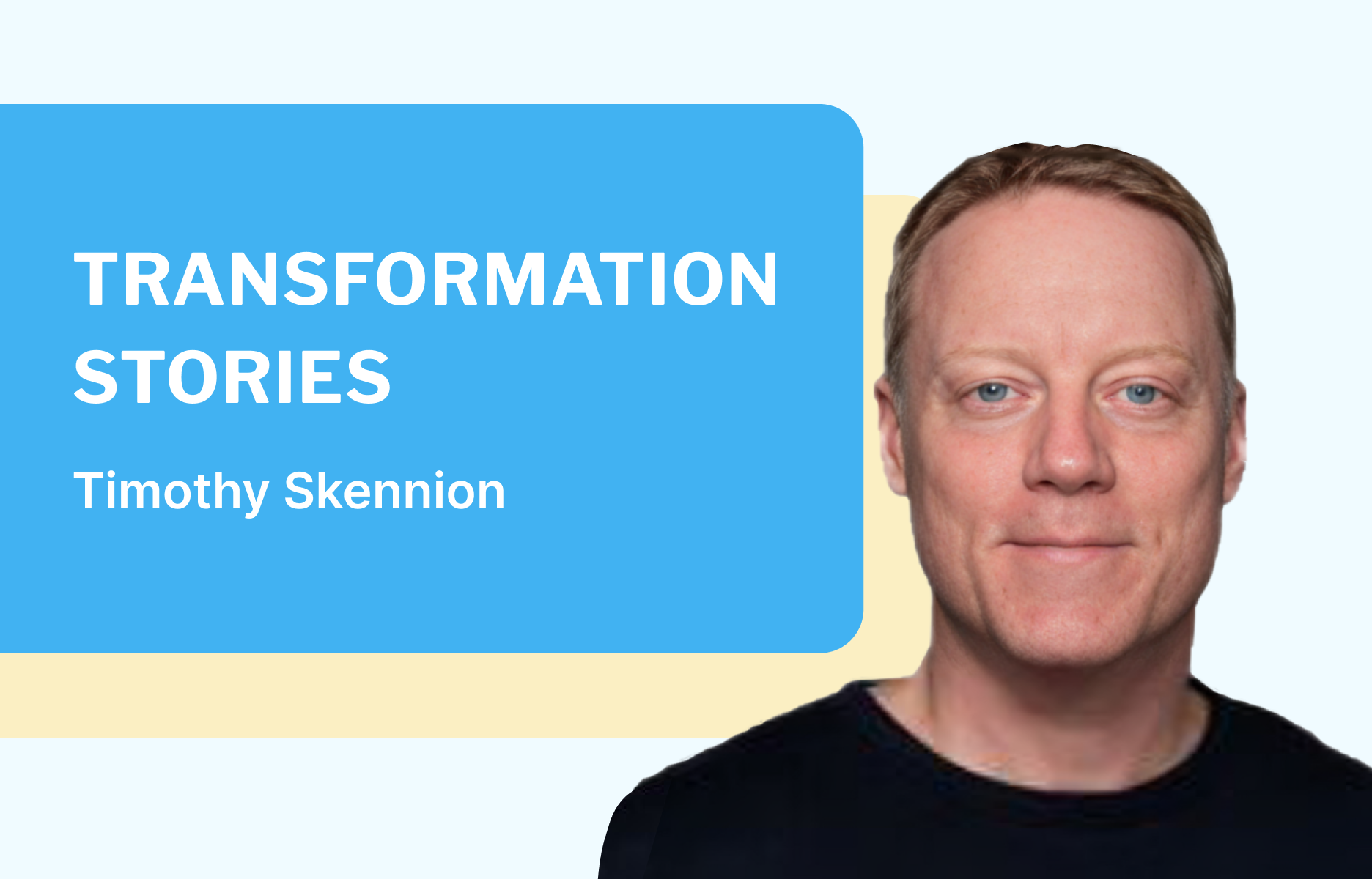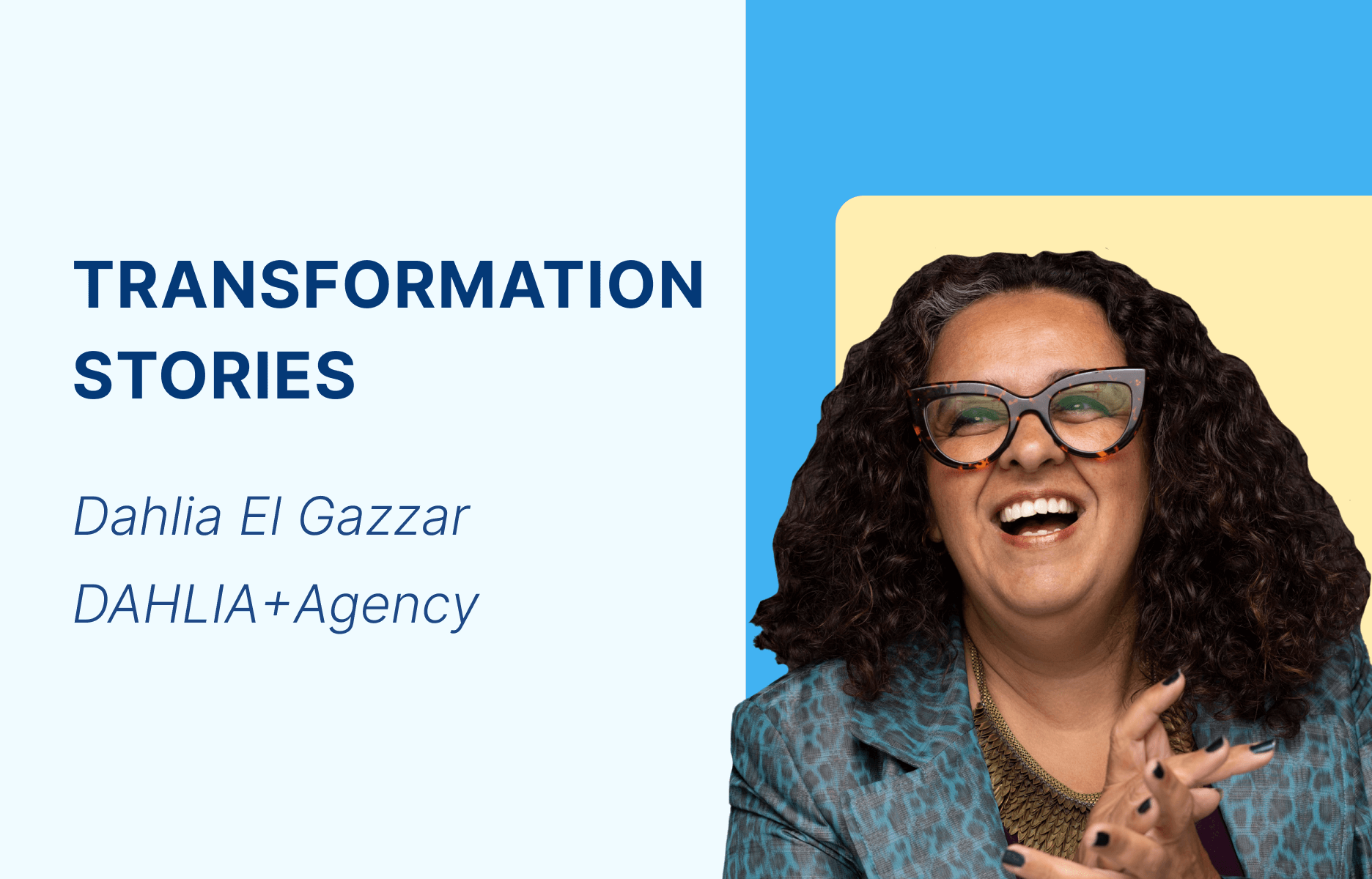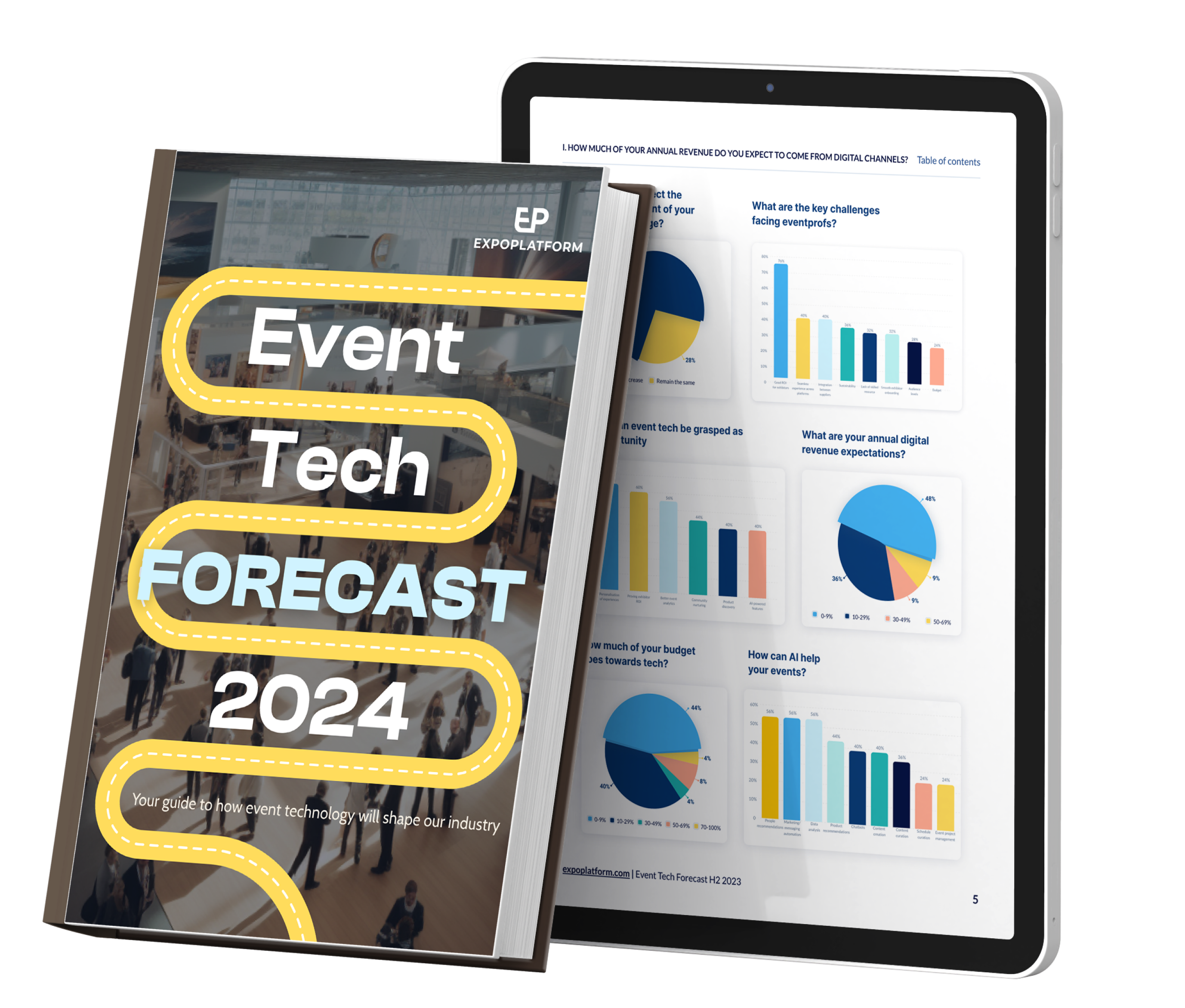
‘Event industry disruptors place metrics at heart of marketing’
The “disruptors” of event marketing will lead the way by placing metrics and audience needs at the heart of their business model, according to a B2B sales expert.
Raoul Monks, chief executive officer of Flume Sales Training, highlighted how organisers are now competing with the likes of Google and Facebook when it comes to promoting their brand.
In this exclusive interview with ExpoPlatform, he sets out how planners need to adapt to meet the expectations of audiences and prove return on investment (ROI) for their clients.
He said: “The disruptors – the forward thinking companies – who are gonna lead the market and not be led by the market are the ones who realise that it’s all about the audience.
“It’s about doing what the audience needs from the client – and that’s the connection – drive ROI for the client by achieving and driving the behaviour from the audience that they need.
“You’ve got to suck it up and think just because you’ve run this event this way for years and you want them to want this, actually what is easier for them?
“It’s about making it easy for the audience to behave the way the client needs them to – and the disruptors are the ones who’ve got that at the heart of everything.”
Data brought through event technology providers gives you crucial insights to help you improve the overall user experience in live, hybrid and virtual shows.
It allows you to better understand how attendees are engaging with the content onsite, which sessions and speakers they find the most interesting – and the level of participation in polls, surveys and giveaways.
Information like this will help you make better decisions about future improvements that could include:
- Personalising the attendee journey at all touchpoints
- Developing effective training programmes by identifying areas of improvement
- Improving customer service by learning the most effective ways of reaching out to attendees and providing quick solutions
- Increasing revenue opportunities by targeting new audiences based on previous attendance patterns
This is even more crucial when considering the digital transformation our industry has been through, where Big Tech companies are now trying to compete in our space.
Raoul believes this is why it is so important for organisers to now be able to prove the success of their offerings using hard data.
Measuring up against Big Tech competitors
He said: “You’re not competing with the next live company – you’re competing with Google, you’re competing with marketing channels outside of what you’ve ever been competing with.
“They focus on measurement, that’s all they care about.
“The problem is it’s always been difficult to measure events and people have loved that, because you can’t prove it or not whether people like it – it was more a gut feeling.
“But the strongest companies are going more down a statistical analysis system (SAS) model where actually some are guaranteeing engagement levels.”
Raoul added: “The market has changed. Your market share is no longer against the other event, it is against other forms of marketing.
“You need to look at how those competitors are working and what the clients are now expecting.”
“They’re expecting to know how effective it was – not just being able to say ‘that event was really fun or that event felt good and we got those leads’, which is different from actually converting those leads.”
Meanwhile, one of the consequences of the uncertainty seen globally over the last two years is that clients are now much less willing to make decisions they are not extremely confident about.
Raoul believes this is another reason why companies who will lead the market are adding customer success managers into their teams.
He added: “They bring people in to make the campaign work because they know that 20% of the achievement of ROI through media and marketing is down to what they’re sold – 80% is down to what the client actually does.
“Right now, clients are saying ‘we can’t take the risk, you’ve got to de-risk it for us, we’re going to go with the ones who we believe it’s going to work and there’s less risk’.”
Raoul sets out that making a success of this can be found by “designing solutions that genuinely accelerate the audience decision making process”, believing this is the route to reducing risk.
This is said to be done through creating packages which work for the client based on attendee or user behaviour, but also bringing in a process which is designed to drive performance in your business.
The Flume Sales Training CEO claims the wealth of online information now available help paint a picture for organisers to shape their products, rather than being completely intuition or experience-led.
Findings from Gartner predict that four out of five interactions between suppliers and buyers will take place through online channels.
It also shows 60% of B2B sales organisations will transition from experience and intuition-based selling to a data-driven model.
Raoul added: “The biggest mistake is looking at stuff from your own perspective and thinking ‘that’s what I want’.
“It doesn’t matter what you want, it’s about what the audience and clients need.”
“Those more traditional events companies who are fixated on only ever going to do events, that means they’re only going to get a small piece of the pie.”
Raoul believes this is because audiences are expecting a multi-touch point approach which they can engage with during and after the in-person dates.
Opening up engagement
The 365 engagement approach of communities has flourished since the pandemic, when businesses were forced to rethink how they connect and inform their audiences.
It now provides a model for organisers to create year-round revenue and heighten their brand awareness using digital tools.
An event planner is now much more attractive to potential clients if they can make this process simpler by providing those options directly.
He added: “If we’re not going out as companies and saying we are here to make it easy for the audience in all those touchpoints to build up to the event, then you’re leaving a massive hole in what the client needs.
“But also you’re also leaving a massive risk because that’s what your competitors are 100% going to be doing.”
A 365 community can increase engagement year-round by delivering “always-on” content, marketplaces which can traffic leads over 12 months as well as virtual or hybrid events.
Vendors such as ExpoPlatform allow organisations to target potential customers and engage existing ones throughout the year, with a seamless experience from articles, to webinars, to hybrid events.
A robust engagement strategy drives participation all year round, allowing a company to generate a ready supply of leads and brand advocates to help it grow.
Raoul said: “Our belief is to follow the audience trends, make it easy for them to engage with marketers – and that isn’t just going to be through live physical events anymore.
“People realise they can’t get away without looking at it now.
“So being able to understand audience behaviour, engagement, trends and habits they’ve picked up over the last year-and-a-half is absolutely crucial.
“Because fundamentally the why of a marketer – why should you choose this platform over that platform that event over this event, or whatever it may be – is because it makes it easy for the audience to engage in the way I need them.
“The reason companies love physical events – apart from the booze and their relationships – is because the audience behaved the way they needed them to”.
“Because the audience is engaged, they can have conversations – it was the best way at that point to engage with the audience.
“The problem is that audience trends have changed as people have now got used to working at home – 79% of B2B clients say they want to remain remote in terms of the sales experience.
“Audiences are still going to lean into the best mechanism at that time to learn, educate and entertain.”
Change, choose, convert
Flume Training uses a process they call “change, choose, convert” to attract new business.
First a customer must realise they’ve got to change as there’s something wrong with their current approach.
They then need to make a choice by examining potential new suppliers, before finally making contact with that provider.
Raoul claimed this process has “not changed” despite the digital transformation of our industry, however the mechanisms and tools used to carry it out have evolved to include 365 engagement.
He added: “If you’re just going to go down a traditional route of just doing live events and that’s it, you might be able to cover all of those for only two days a year.
“But your audience is engaging, buying and making decisions – even about decisions for six months time – they’re starting now.
“It’s all going through their minds and that decision – emotionally and rationally – is happening.
“If you’re not adapting to that and helping that customer find it easy to come to you every single day of the year, then you’re going to miss out when that event happens or you’re going to miss out when they make a decision.”
Online communities are similar to a business-to-consumer subscription economy model which has seen a 435% surge over the last nine years, according to Zuora research.
The approach creates predictable, recurring revenue streams for businesses, and can be used by exhibition organisers to have suppliers subscribe for a year of activity rather than a one-off event.
One approach to this model can be through online marketplaces.
The retail industry evolved quickly from a reliance on the in-store channel to an omnichannel model, where the buyer has control of how and when they want to buy.
This could be whether shopping online from a mobile device, a laptop or in a brick-and-mortar store.
If an organiser wants to replicate this they must create an omnichannel experience with a year-round platform that can directly connect buyers and sellers throughout the year.
Download our free Marketplace Blueprint for an in-depth expert guide on how to do this.
There's more you might like

Six digital sponsorships for your next event
Squeezing budgets, rising attendee expectations and higher ROI demands – these are just some of the challenges tradeshows are facing today. So how can digital sponsorship help? Smart event organisers are employing online management platforms that provide online sponsorship options. These digital sponsorships are flexible, data-driven tools that deliver quantifiable value and connect sponsors directly ...

Organizers ‘set to fail’ by misjudging sponsor ROI needs
Event organizers are “setting themselves up to underperform” by failing to grasp the expectations of sponsors when it comes to ROI, according to an industry expert. Timothy Skennion, managing director of Derabo Advisory Group, set out his route for planners to uncover exactly what is wanted in this area – with pre-show activities specifically designed ...

Organizers only ‘scratching surface’ of digital revenue
Event organizers are “only scratching the surface” of how much potential there is in digital revenue, according to an industry expert. Dahlia El Gazzar, founder of DAHLIA+Agency, believes this part of budgets will “of course increase” as evolving technologies offer a “seemingly unlimited space” for new channels of monetization at live shows. Her comments come ...


